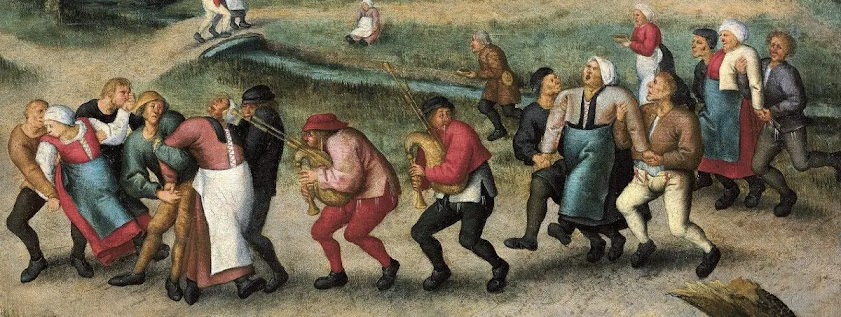In order to save the boy, his tutor Saint Modestus and his governess Saint Crescentia, who were Christians, secretly took him from his parental home.
They saw a boat at the river, and an angel entered the boat with them. They reached the Italian district of Lucanium, where the saints lived quietly, hiding from those who would persecute them. The holy youth continued to heal the sick and convert pagans to Christianity. His fame soon spread throughout the region.
Saints Vitus and Modestus went to present themselves before Diocletian, and were thrown into prison. Then the Lord Jesus Christ appeared to the prisoners, strengthening them for their contest. He helped them, and the fetters fell from their hands.
Ascribing the miracle to magic, Diocletian ordered that Saint Vitus be thrown into a cauldron of boiling oil. The saint stood in it as if in cool water, and remained unharmed.
Then a fierce lion was set loose. The young man made the Sign of the Cross, and the beast laid at his feet and began to lick them. They tied the holy martyrs to pillars and began to scrape them with iron claws.
Saint Crescentia came out of the crowd of spectators, confessed herself a Christian and reproached the emperor for his cruelty. He also sentenced her to torture.
Saint Vitus called out to God, “O God, save us by Thy power and deliver us.” Then an earthquake struck, and many pagans perished beneath the collapsed buildings. Diocletian fled to his chambers in fear. An angel released the martyrs from the pillars and took them to Lucanium.
Saint Vitus prayed that God would accept their souls in peace and not deprive those who kept their memory of His benefaction. A Voice came from Heaven, “Thy prayer is heard.” Then the saints joyfully surrendered their souls to God.
The holy martyrs Vitus, Modestus and Crescentia suffered for Christ in the year 303. These saints are also commemorated on June 15. More on Saint Vitus
Having sworn in the booksellers' oath in 1338, Richard de Montbaston is mentioned as a "bookseller" in the colophon in the Life of the Saints . On the other hand, his wife, Jeanne, took the oath of the booksellers in 1353 as illuminatrix and libraria , which gave rise to speculations according to which if Richard had the title of copyist and was indeed the owner of the workshop, he it would be impossible to attribute to him the illuminations of his manuscripts and that they should be due to his wife, Jeanne, although her work is not documented in any surviving manuscript. More on Richard Montbaston
Please visit my other blogs: Art Collector, Mythology, Marine Art, Portrait of a Lady, The Orientalist, Art of the Nude and The Canals of Venice, Middle East Artists, 365 Saints, 365 Days,
and Biblical Icons,
also visit my Boards on Pinterest and deviantart
Images are copyright of their respective owners, assignees or others.
Some Images may be subject to copyright
I don't own any of these images - credit is always given when due unless
it is unknown to me. if I post your images without your permission, please tell
me.
I do not sell art, art prints, framed posters or reproductions. Ads are
shown only to compensate the hosting expenses.
If you enjoyed this post, please share with friends and family.
Thank you for visiting my blog and also for liking its posts and pages.
Please note that the content of this post primarily consists of articles
available from Wikipedia or other free sources online.














No comments:
Post a Comment
Note: Only a member of this blog may post a comment.